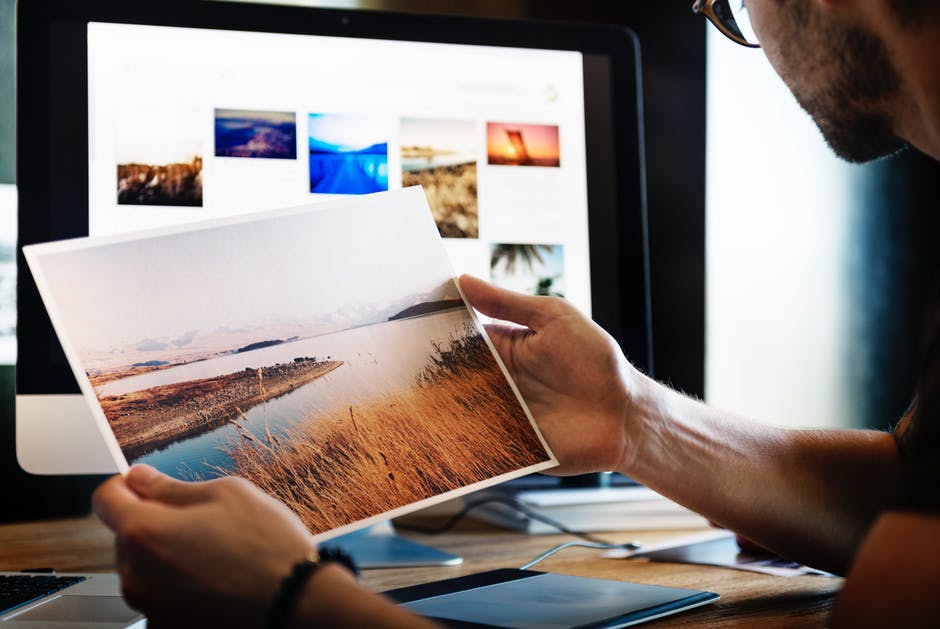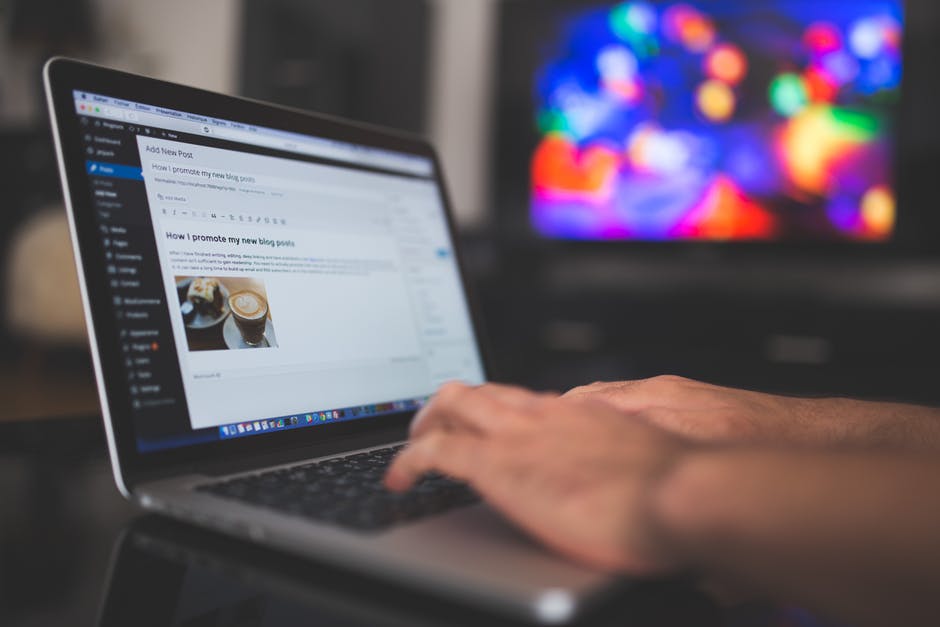Digital artwork is like any other artwork. It is made using different tools compared to more traditional arts. There is no reason why we would not see art created on a computer not used by exhibition display services or in a famous gallery. Art isn’t about the instruments used to make it. It’s all about the vision, message, or emotion of the artist. Photography is a medium whereby artist may create artwork. Similarly, a computer is simply a medium or instrument by which an artist may communicate his vision online, form, colour, rhythm, and composition.
An artist selects the moderate (oils, watercolors, or pixels) she would like to utilize. When the electronic artist, has mastery over the resources and technology [applications, gear, etc..], she is able to proceed beyond “taking an electronic image” or “using a program” and make artwork — a single expression of her eyesight.
Digital Art drops into three primary classes: digital painting, digital photography and darkroom, and fractals. There are lots of subcategories and, needless to say, the artist could combine all to make their very own special vision.
Below are descriptions out of the Digital Fine Arts Society of New Mexico which correctly describes the different Kinds of Digital Fine Art. Digital Photography, Photo-painting, and Integrated Digital Art.
Digital Photography
The artist utilises a digital or traditional camera to produce images of an object, person or environment. The photos have been digitally transferred to a computer system where the artist then applies an editing software to create special effects and adjust the image and do darkroom manipulations. Hence we can see that this type of artwork incorporates the areas of painting and photography. The artist can go further and apply painting applications to add additional features to the artwork.
Digital Collage
This is a method of combining many pictures from changing sources into a single picture. This is most commonly accomplished by using layering methods in image editing and paint programs. The artist can also utilise pictures from x-rays or radar to make images which the eye doesn’t normally see, which develops the domain of individual perception.
This really is actually the “mixed media” of this electronic art world. Artists combine some of those methods to attain exceptional results. The electronic environment is a lot less limited than traditional mediums within this kind of integration and manipulation. The capabilities of computers are remarkable and artists can produce works that are remarkable.
2D: The artist generates 2D images completely from the pc virtual environment with using painting tools which emulate natural media fashions. Occasionally Known as “Organic Media”. 3D: The artist employs 3D modeling and rendering applications to basically sculpt in virtual space. This method also uses all the other procedures. Rather than traditional exhibition display plinths, 3D art is often displayed digitally.
Vector Drawing
The artist utilises vector drawing applications and generates the image completely from the digital environment. This uses shapes that are summarized and may be filled with assorted colours and patterns. This has a tendency to create a harder-edged or picture appearance.
This is artwork produced solely by mathematical manipulations. This is the so-called “computer generated” artwork. The artwork here is located in the creation of these mathematical formulas and the means by which the apps are written to make the most of the screen capabilities of their hardware. The artwork also is located in the creative goals and subsequent collections of the artist/mathematician.






